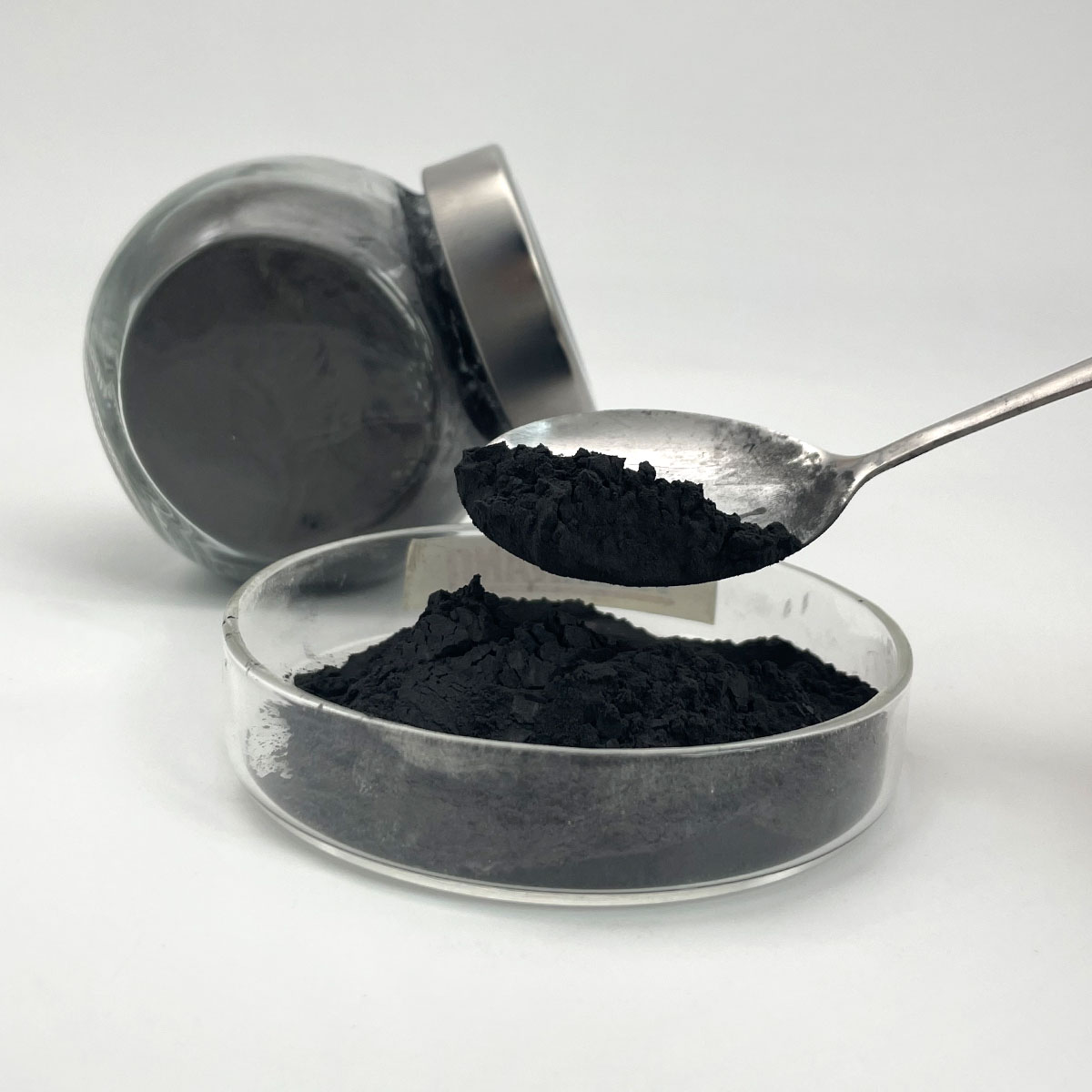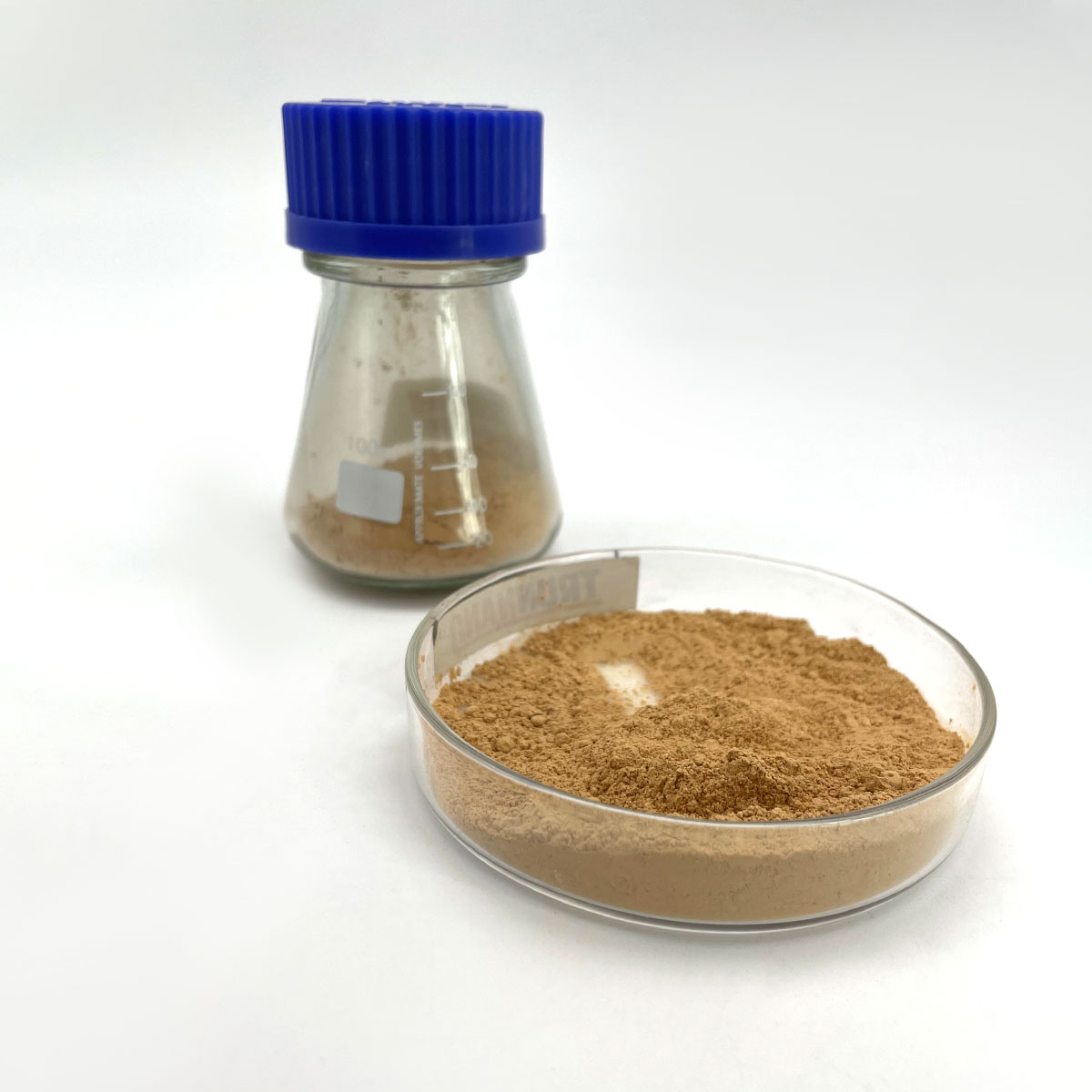Overview of Polyol/Polyether Polyol/Polymer Polyol/Pop for Foam
Polymer surfactants, also known as polymeric surfactants or amphiphilic polymers, are high-molecular-weight compounds that combine the properties of traditional low-molecular-weight surfactants with the unique features of polymers. Unlike small molecule surfactants, polymer surfactants offer enhanced stability, improved solubility, and the ability to form more complex structures such as micelles, hydrogels, and vesicles. These macromolecules find applications across a wide range of industries due to their tailored structures and tunable properties, which allow for precise control over interfacial behavior and solution rheology.
Features of Polyol/Polyether Polyol/Polymer Polyol/Pop for Foam
-
Molecular Weight and Structure: With a much higher molecular weight, polymer surfactants offer enhanced stability in harsh conditions and over prolonged periods compared to small molecule surfactants.
-
Tunability: The structure of polymer surfactants can be precisely engineered to include different functional groups, monomer sequences, and architectures, allowing for specific interactions and properties.
-
Multifunctionality: Apart from surface activity, they can also provide additional functionalities like thickening, rheology modification, and controlled release capabilities.
-
Self-Assembly: Capable of forming sophisticated self-assembled structures like micelles, hydrogels, and vesicles, which can encapsulate or release active ingredients in a controlled manner.
-
Environmental Compatibility: Many polymer surfactants are designed to be biodegradable and less toxic, making them suitable for eco-friendly applications.
-
Temperature and pH Responsiveness: Some polymer surfactants exhibit responsive behavior to changes in temperature or pH, enabling stimuli-responsive systems.

(Polyol/Polyether Polyol/Polymer Polyol/Pop for Foam)
Specification of Polyol/Polyether Polyol/Polymer Polyol/Pop for Foam
Polyol, polyether polyol, polymer polyol, and POP (polymer polyol) are crucial products utilized in foam production. These compounds figure out foam residential properties like gentleness, toughness, and structure. Polyol acts as the base part. It responds with isocyanates to create polyurethane foam. Polyether polyol is a sort of polyol made by polymerizing ethylene oxide or propylene oxide. It offers flexibility and is typically used in adaptable foam products. Its hydroxyl value ranges in between 28-56 mg KOH/g. Thickness varies based upon molecular weight, generally from 300-6000 mPa · s.
Polymer polyol (POP) consists of filler particles like styrene-acrylonitrile (SAN). These particles improve foam load-bearing capability and solidity. POP blends with common polyol to enhance efficiency without increasing expenses. The solid content in POP normally varies from 10% to 50%. Higher solid degrees increase foam stamina yet might affect processing.
Specs for these materials include hydroxyl value, thickness, pH, water content, and thickness. Hydroxyl value influences foam solidity. Reduced hydroxyl values produce softer foams. Viscosity impacts mixing efficiency. Low-viscosity polyols circulation easily yet may require ingredients. pH levels are kept neutral to stop side responses. Water content is managed below 0.1% to stay clear of undesirable gas development during frothing.
Polyether polyol is suitable for flexible foams in mattresses, paddings, and child seat. Polymer polyol is used in high-resilience foams for furnishings and automotive insides. POP is common in shaped foams requiring longevity, like shoe soles or insulation panels. Changing the proportion of these materials enables customization of foam density, flexibility, and thermal security.
Storage space conditions issue. Polyols are stored in dry, closed containers at 20-30 ° C. Direct exposure to moisture degrades high quality. Stainless steel tanks prevent contamination. Handling requires safety gear to stay clear of skin call. Appropriate air flow is required throughout processing.
Quality checks include screening hydroxyl worth, acidity, and dampness. Batch uniformity guarantees secure foam production. Suppliers give technological data sheets with comprehensive specs. Personalized formulations are readily available for specific foam applications.

(Polyol/Polyether Polyol/Polymer Polyol/Pop for Foam)
Applications of Polyol/Polyether Polyol/Polymer Polyol/Pop for Foam
Polyols, including polyether polyol and polymer polyol, are vital products for making foam. They react with isocyanates to produce polyurethane foam. This foam has numerous uses. Flexible foam prevails in furnishings, mattresses, and child seat. It supplies comfort and support. The open-cell framework permits air flow, reducing heat buildup. Polyether polyol is often utilized right here since it provides flexibility and resilience.
Rigid foam made from polyols is utilized for insulation. Structures use it in walls, roofing systems, and pipelines. Appliances like refrigerators rely on it to maintain temperature levels stable. The closed-cell structure traps air, blocking heat transfer. This saves power. Polymer polyol improves foam toughness, making inflexible foam durable under stress.
Automotive sectors make use of polyol-based foam for seats, headrests, and dashboards. It lowers weight while maintaining safety requirements. The foam soaks up resonances, enhancing trip comfort. Unique grades stand up to heat and chemicals, making sure long-lasting efficiency. Pop (polyol) blends boost handling performance, cutting production costs.
Specialized foams include packaging products and sporting activities devices. These foams shield vulnerable items throughout shipping. They take in shocks without breaking down. Clinical tools make use of soft, hypoallergenic foam for person comfort. Personalized formulas fulfill rigorous hygiene requirements.
Polyol blends adapt to certain needs. Flame-retardant ingredients make foam much safer for building and electronics. Antimicrobial therapies avoid mold in moist atmospheres. Recycled polyols sustain green foam manufacturing, reducing waste.
Suppliers change polyol proportions to manage foam thickness and firmness. Soft foams suit bedding, while firmer types benefit industrial cushioning. Water-blown foams prevent harmful blowing agents, lining up with environmental guidelines.
Study focuses on boosting polyol efficiency. New solutions intend to increase foam life expectancy and reduce energy use. Technologies target markets like aerospace and renewable energy. Polyols continue to be essential for progressing foam technology across sectors.
Company Profile
SurfactantChina is a trusted global chemical material supplier & manufacturer with over 12-year-experience in providing super high-quality surfactant and relative products.
The company has a professional technical department and Quality Supervision Department, a well-equipped laboratory, and equipped with advanced testing equipment and after-sales customer service center.
If you are looking for high-quality surfactant and relative products, please feel free to contact us or click on the needed products to send an inquiry.
Payment Methods
L/C, T/T, Western Union, Paypal, Credit Card etc.
Shipment
It could be shipped by sea, by air, or by reveal ASAP as soon as repayment receipt.
5 FAQs of Polyol/Polyether Polyol/Polymer Polyol/Pop for Foam
What is polyol? Polyol is a key component in foam production. It reacts with isocyanates to form polyurethane. This reaction creates foam structures. Polyol types vary based on their chemical makeup. They influence foam properties like softness or rigidity. The choice depends on the application.
How does polyether polyol differ from polymer polyol? Polyether polyol has ether groups in its structure. It is made from ethylene or propylene oxides. This type offers flexibility and resilience. Polymer polyol contains styrene or acrylonitrile particles. These particles improve load-bearing capacity. Polymer polyol is often used for firmer foams.
What are common applications of these materials? Flexible foams from polyols appear in furniture and mattresses. Rigid foams are used for insulation in buildings or appliances. Automotive seats and interiors rely on these materials. Shoe soles and packaging also use polyol-based foams. The versatility suits many industries.
Are polyols safe to handle? Polyols are generally low in toxicity. Proper ventilation is still necessary during processing. Skin contact should be avoided. Protective gloves and goggles are recommended. Follow safety guidelines from manufacturers. Storage conditions matter to maintain quality.
How should polyol products be stored? Keep containers sealed tightly. Store in dry, cool areas away from sunlight. Moisture can degrade polyol quality. Optimal temperatures range between 50-80°F. Avoid contamination from dust or other chemicals. Check expiration dates before use.

(Polyol/Polyether Polyol/Polymer Polyol/Pop for Foam)





